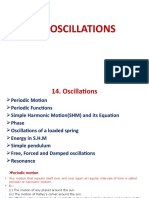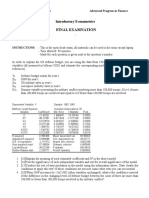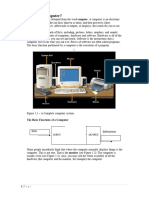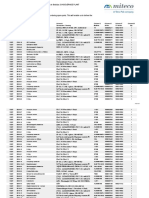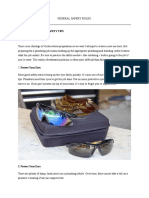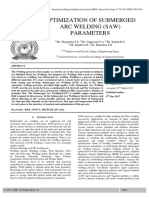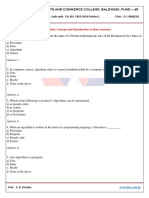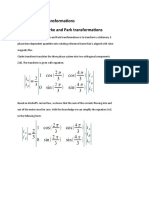0% found this document useful (0 votes)
27 views9 pagesOscillations Notes
The document discusses oscillations, categorizing them into free and forced oscillations, with examples and definitions of key terms such as period, frequency, and amplitude. It explains simple harmonic motion (SHM) and the dynamics of mass-spring systems and simple pendulums, including energy conservation in SHM. Additionally, it covers damped oscillations, resonance, and their applications in various fields, highlighting the effects of damping on frequency response.
Uploaded by
Brian MutengiCopyright
© © All Rights Reserved
We take content rights seriously. If you suspect this is your content, claim it here.
Available Formats
Download as PDF, TXT or read online on Scribd
0% found this document useful (0 votes)
27 views9 pagesOscillations Notes
The document discusses oscillations, categorizing them into free and forced oscillations, with examples and definitions of key terms such as period, frequency, and amplitude. It explains simple harmonic motion (SHM) and the dynamics of mass-spring systems and simple pendulums, including energy conservation in SHM. Additionally, it covers damped oscillations, resonance, and their applications in various fields, highlighting the effects of damping on frequency response.
Uploaded by
Brian MutengiCopyright
© © All Rights Reserved
We take content rights seriously. If you suspect this is your content, claim it here.
Available Formats
Download as PDF, TXT or read online on Scribd
/ 9













































